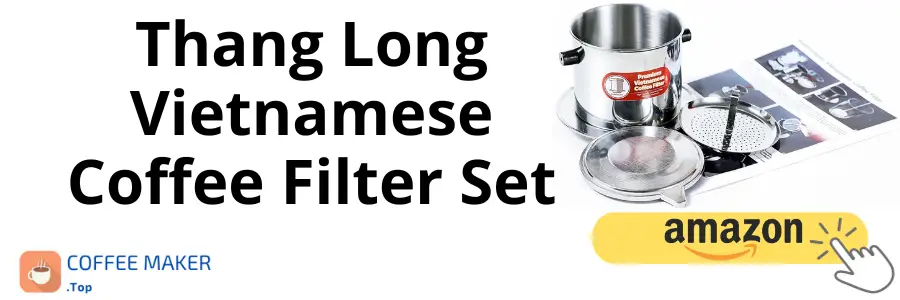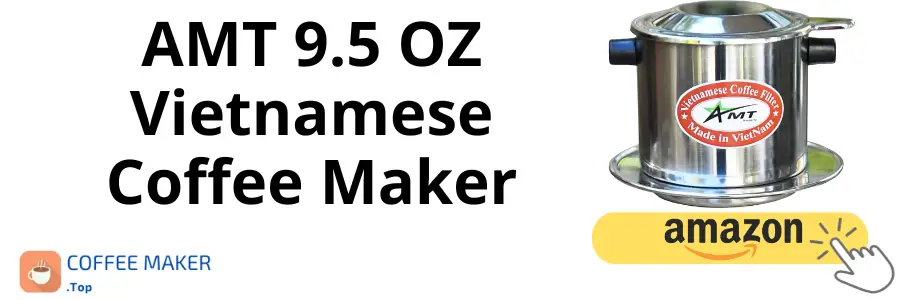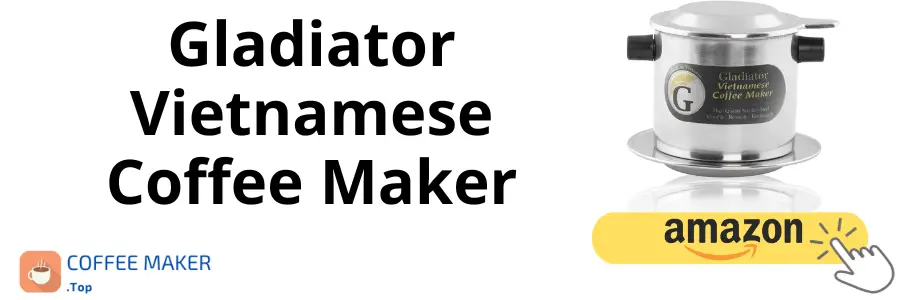Vietnamese coffee, known for its unique brewing methods and rich flavours, has become increasingly popular worldwide. In this article, we’ll explore two aspects of Vietnamese coffee culture: the famous Vietnamese egg coffee and the traditional Vietnamese coffee maker. Whether you’re a coffee enthusiast or curious about this intriguing brew, you’re in for a treat.
Vietnamese Egg Coffee
Vietnamese coffee culture, deeply rooted in history and tradition, is known for its creative twists on classic coffee recipes. One such delight is Vietnamese egg coffee, or “cà phê trứng,” a sweet and velvety beverage originating from Hanoi.
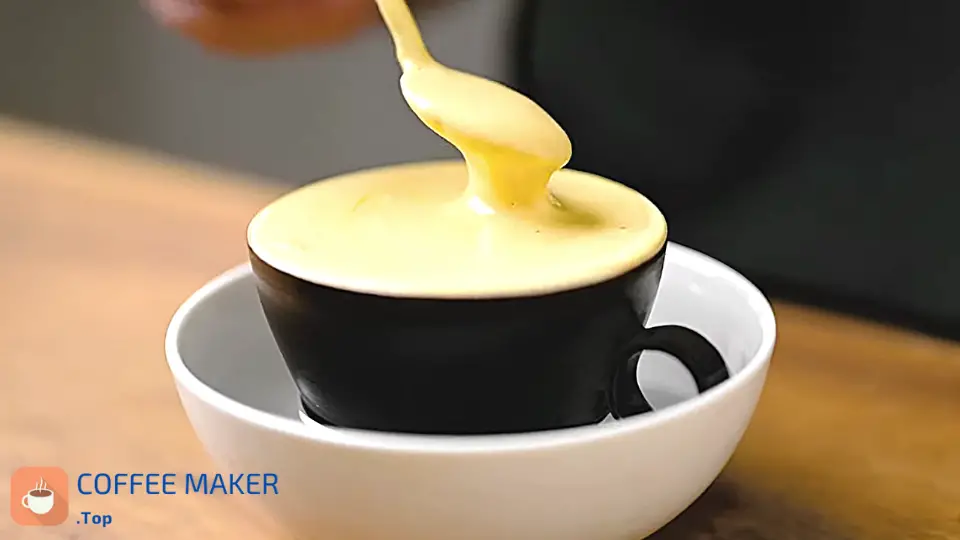
History of Vietnamese Egg Coffee:
Vietnamese egg coffee originated in 1946, during the war with France. Milk was scarce then, producing the ingenious use of egg yolks and condensed milk. The result? A creamy and decadent coffee experience that’s unique to Vietnam.
Ingredients for Vietnamese Egg Coffee:
You’ll need two fresh egg yolks and two tablespoons of condensed milk to make Vietnamese egg coffee. The magical fusion of these ingredients creates a delightful, meringue-like topping for your coffee.
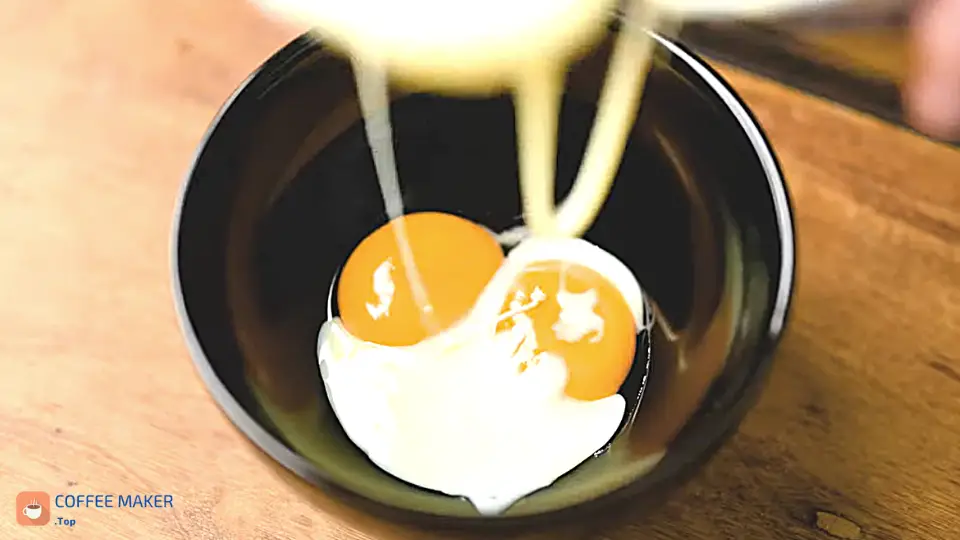
Preparation of Vietnamese Egg Coffee:
- Beat the egg yolks and condensed milk to create a luscious, airy cream.
- Prepare a cup of strong coffee using high-quality coffee beans and your preferred brewing method (Moka pot, espresso, or French press).
- Place the cup of coffee in a bowl of hot water to keep it warm.
- Spoon the egg cream on top of the coffee.
- Sip and savour Vietnamese egg coffee’s unique texture and flavour, either hot or cold, by adding ice cubes.
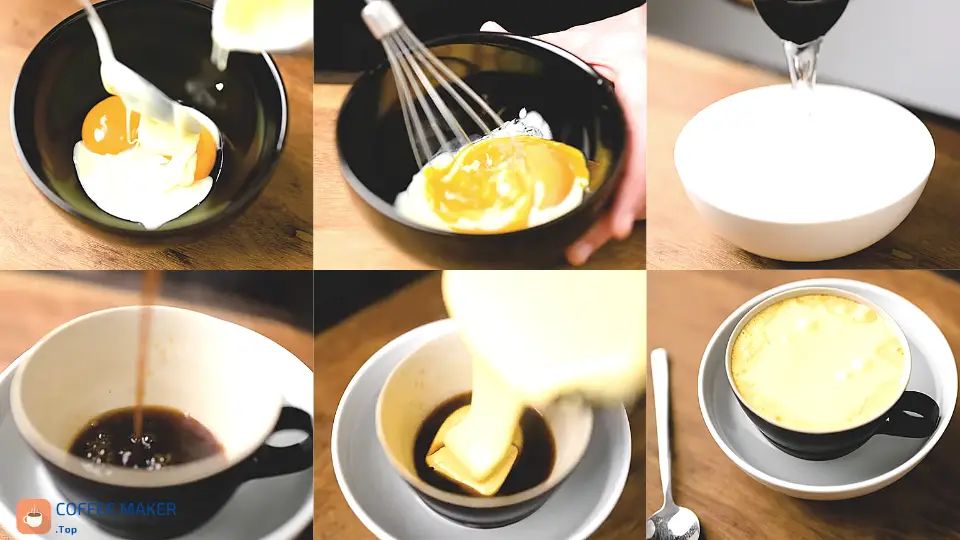
Vietnamese coffee makers
Vietnamese coffee makers offer a distinct brewing experience, quite unlike the standard coffee machines we’re accustomed to. These coffee makers, or “phin,” are vital to Vietnamese coffee culture.
History and characteristics of Vietnamese coffee makers:
Vietnamese coffee makers resemble French press coffee makers, but they have a unique twist: paper filters. This distinction was influenced by French and Dutch settlers who occupied Vietnam during the 18th century. Key features of Vietnamese coffee makers include being individual coffee makers, having four main components (container, filter, plunger, and lid), and offering a method that falls between plunger and drip coffee makers.
Components of a Vietnamese coffee maker:
A Vietnamese coffee maker comprises four parts: a container, a filter, a plunger, and a lid. These elements work harmoniously to brew a strong and flavorful Vietnamese coffee.
How to use a Vietnamese coffee maker:
- Wet the container with boiling water, creating a pre-infusion.
- Add ground coffee (about 8 grams) to the container and gently press it with the plunger.
- Place the coffee filter on top of your cup, and position the coffee maker on top of the filter.
- Add condensed milk to your cup before brewing if making hot Vietnamese coffee.
- Slowly pour hot water into the coffee maker, allowing the coffee to infuse and brew.
- Cover with the lid and wait for the coffee to filter into your cup.
Best 3 Vietnamese coffee makers in 2023
Uncover the essence of Vietnamese coffee through our top three picks for 2023. These exceptional coffee makers are your key to experiencing the rich and unique flavours of Vietnam.
Top 1. Thang Long Vietnamese Coffee Filter Set
Experience the authentic taste of Vietnamese coffee with this high-quality Vietnamese Coffee Filter. Crafted in Vietnam from premium stainless steel, this Ca Phe Phin offers a capacity of 8 oz, making it perfect for enjoying traditional ground coffee like Trung Nguyen.
Unlike the screw-down type, the gravity insert on this filter ensures an easier brewing process. What sets it apart is the included lifetime warranty and dishwasher-safe feature, all backed by a satisfaction guarantee. Whether you prefer a steaming hot brew or a refreshing iced coffee (cafe sua da), this slow dripper will always deliver the perfect cup of Vietnamese coffee.
Top 2. AMT 9.5 OZ Vietnamese coffee maker
The AMT Vietnamese coffee filter is a sturdy, stainless steel marvel of Vietnamese coffee culture. Its portable and eco-friendly design makes it perfect for home, office, or travel. No more disposable filters or plastic pod waste. This versatile filter works with all types of ground coffee. Plus, they offer a satisfaction guarantee so you can buy confidently. If it deforms, arrives damaged, or you change your mind, they’ll replace it or refund your money—your choice!
Top 3. Gladiator Vietnamese coffee maker
Introducing the Gladiator Vietnamese coffee maker: a durable stainless steel drip brewer perfect for your home, office, or travels. It’s designed for single-serve ease and can accommodate various ground coffee types, eliminating the need for paper filters. Whether you prefer hot or cold coffee, there’s no need for a plug-in, making it the ideal choice for those on the move.
